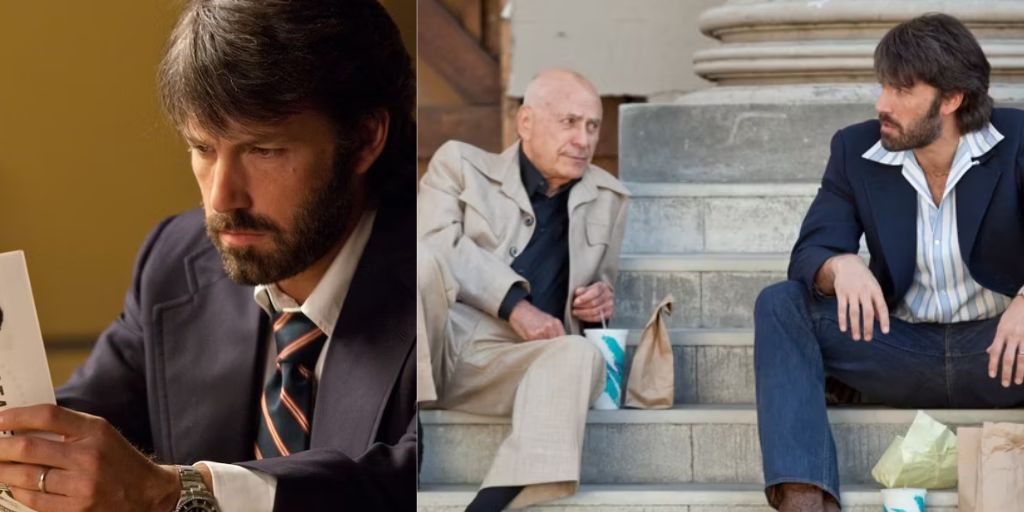Ben Affleck’s movie “Argo,” which won the Academy Award for Best Picture in 2013, claims to be based on a true story, but the plot seems like something only Hollywood could create. The movie recounts the events surrounding the 1979 U.S. Embassy hostage crisis in Iran and the CIA’s efforts to rescue the hostages.
To enter the dangerous area, the CIA devised an unusual plan: they set up a fake Canadian film production company and requested permission to scout locations in Iran for a fictional movie called “Argo,” a “science fantasy adventure.”
This ruse gave them the chance to rescue six U.S. Embassy staff members and bring them home. Remarkably, the plan worked, much like it did in real life, with some differences. But just how much of “Argo” accurately reflects what really happened?
The 1979 Events Behind ‘Argo’
On November 4, 1979, Islamist students stormed the U.S. embassy in Tehran, Iran, taking most of the American embassy personnel hostage to demand the return of the Shah from the U.S. However, six diplomats managed to escape. Mark Lijek, one of the escapees, mentioned how realistically “Argo” captured the tense atmosphere.
“It was almost the first time I’d thought deeply about what it must have been like for the 50 or so Americans in the main building. Those scenes were quite difficult to watch.” But after this point, “Argo” starts to take some creative liberties.
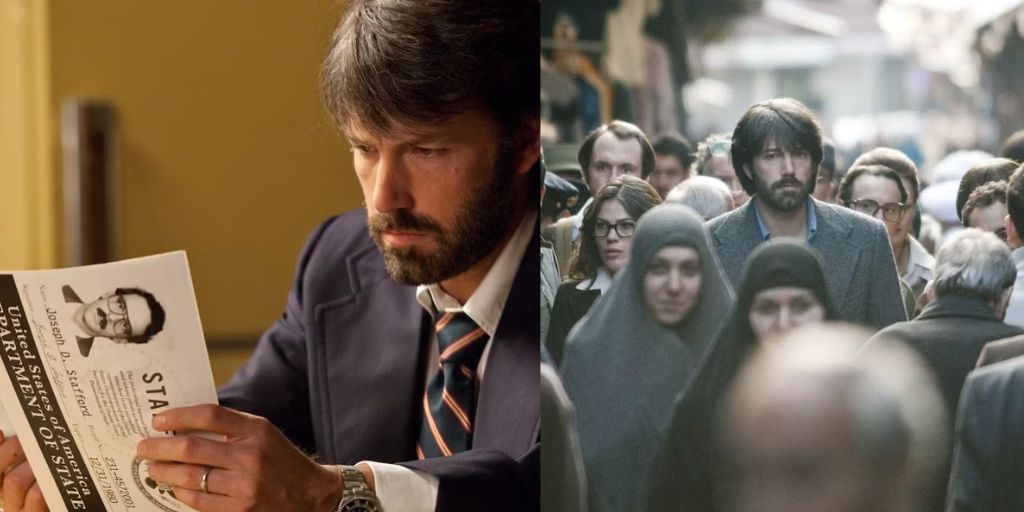
Lijek recalls that the escapees—himself, Cora Lijek, Bob Anders, Lee Schatz, and Joe and Kathy Stafford—didn’t all end up at the Canadian ambassador Ken Taylor’s home. Instead, they were split between Taylor’s home and the home of another Canadian official, John Sheardown.
They were not entirely confined, as Sheardown’s home had an interior courtyard where they could move around. Lijek added that “it is true we had little to do except read books and play Scrabble. We drank quite a lot too.” The film’s changes were likely made to heighten the tension and drama.
The rescue plan, while it seemed far-fetched, is accurately depicted in the movie, though it was not the first plan suggested. CIA officer Tony Mendez, played by Ben Affleck, initially proposed a plan that involved freeing all the American hostages by handing over a dead body double of the Shah in exchange.
The Shah was being treated for cancer in the U.S. This led to a focus on the six “Canadian houseguests.” Other ideas, like escaping to the Turkish border on bicycles or pretending to be teachers or oil technicians, were considered but had major flaws.
Mendez believed that a cover story should be as dull as possible to avoid scrutiny. However, he gambled on a bold idea: to pass the six Americans off as a Canadian film crew, a plan so daring that Iran might not question it. Mendez then contacted his friend, Hollywood makeup artist and CIA contractor John Chambers, played by John Goodman.
In the movie, Mendez is inspired by watching “Battle for the Planet of the Apes,” but there’s no concrete evidence to support this account. The connection to “Planet of the Apes” comes from Chambers, who created the masks for the first film. Lester Siegel, portrayed by Alan Arkin, is not a real person but a composite of several individuals.
Setting the Stage for ‘Argo’
After President Jimmy Carter approved the plan, everything was arranged to make the ruse convincing. A fake movie production company, Studio Six Productions (a nod to the six Americans), set up offices on an old Columbia Studio lot.
They had business cards made with a Studio Six Productions logo and a phone number that connected to those involved in the plan. They even held script readings, as there was an actual script for “Argo” that perfectly fit the desert setting needed for the plan.
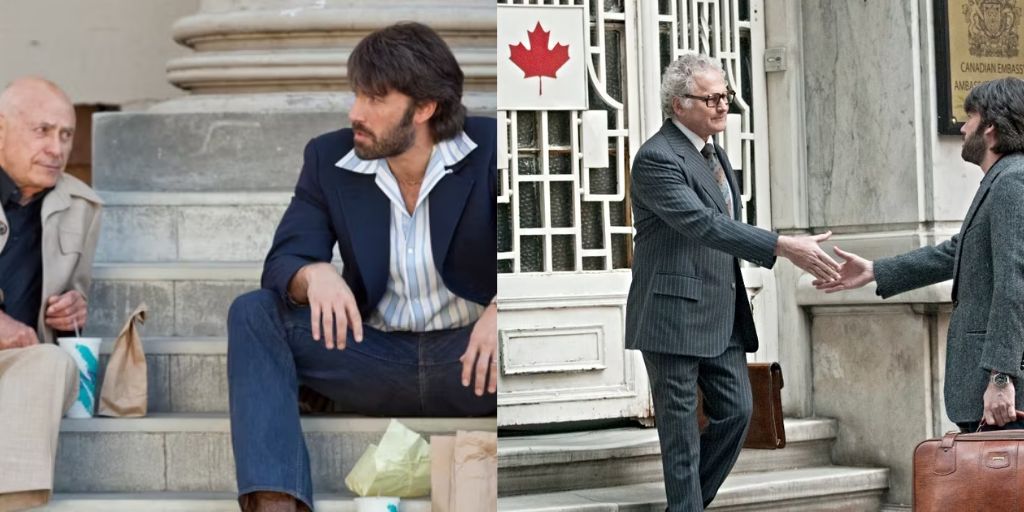
Trade ads were placed in newspapers like The Hollywood Reporter and The Daily Variety, which unknowingly helped the cause. The CIA’s account mentions that the planning was so thorough that real producers, including Steven Spielberg, sent in film proposals.
Mendez and another specialist then traveled to Tehran with “Argo” merchandise and fake documents to meet the group, known as the “Canadian Six.” Canada had already sent false passports and forged travel papers to the Canadian Embassy to prepare for the mission.
In the movie, Mendez’s plan faces resistance from the six, but according to CTV News, there was no objection to the idea of posing as a Canadian film crew. It was actually the preferred plan among the options.
Mark Lijek said in an interview with the BBC that he was on board right away, stating, “I thought it had the right amount of pizzazz. Who but filmmakers would be crazy enough to come to Tehran in the middle of a revolution? I had no problem pretending to be in the movie industry.”
Once they agreed, the Americans had fun getting into their roles to ensure they felt confident when they went to the airport. In the movie, they test their characters by going on a location scout. In reality, they didn’t do this, as it would have been too dangerous with the unrest on the streets.
Instead, as the CIA’s account notes, one of the diplomats, who spoke fluent Farsi, conducted a mock interrogation to prepare them for the worst.
The Ending of ‘Argo’: Hollywood vs. Reality
The final scene of “Argo” strays the most from what really happened. In the movie, their tickets for a Swissair flight are canceled and must be rebooked at the last minute. The new reservations are confirmed just in time, and the fake departure documents don’t match the arrival forms.
A confrontation with Iranian officials nearly derails the escape when a call to the fake production company isn’t answered until the last moment. The escapees board the plane, which takes off as armed airport authorities chase them in a futile attempt to stop them. In reality, the final stage of the escape was far less dramatic.
According to Lijek, the CIA already knew that Iranian border authorities rarely checked documents thoroughly, and there were few Revolutionary Guards at the airport for their 5:30 am flight. They boarded the plane without any issues and flew to Zurich, where they were taken to the U.S. ambassador’s residence.
Project Argo was successful, and while it didn’t have the high-stakes drama of the movie, it still had a Hollywood-like moment. The nose of the Swiss aircraft bore the word “Aargau,” close enough to “Argo” that Mendez saw it as a sign that the plan would succeed.
In defense of “Argo,” some elements of the film differ from actual events because the CIA didn’t declassify documents related to the mission until 2014, two years after the movie’s release. The CIA even had some fun with this, posting on their official Twitter account to distinguish what was “Reel” versus what was “Real” to celebrate the 35th anniversary of the event.
They confirmed that the diplomats were in separate locations, but one slept on the floor of the Swedish embassy before moving to the Canadian Ambassador’s home. Two CIA officers accompanied Mendez, not just one, and the six were hidden for 79 days.
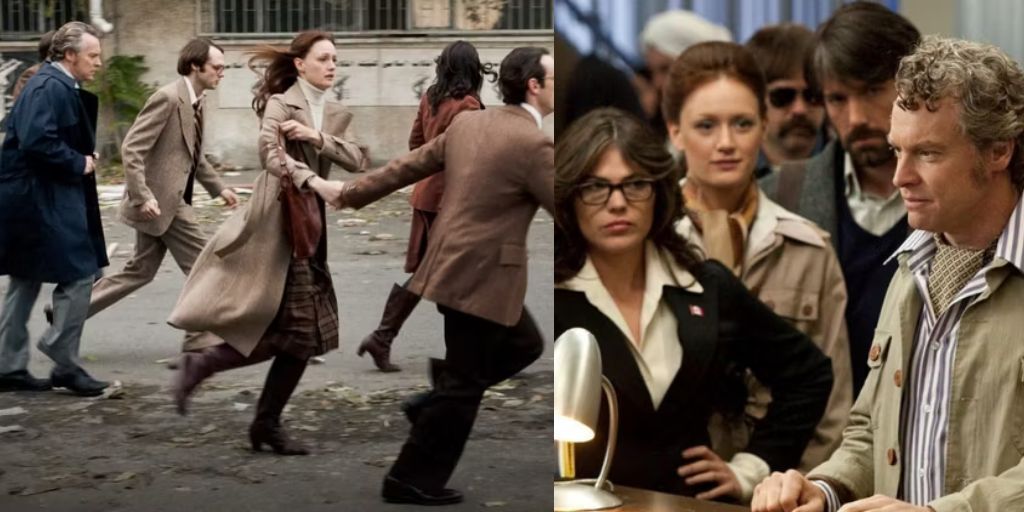
In the film, the mission is called off the night before the departure, but in reality, Carter had already given his approval, and the details were approved by policymakers in Ottawa and DC.
There are a few more differences worth checking out, and the CIA confirmed that once the plane cleared Iranian airspace, the Americans cheered and celebrated.
What the film left out was a round of celebratory Bloody Marys, with the other passengers on the plane cheering along, even though they had no idea why the Americans were celebrating.
Canada’s Role in ‘Argo’ Was Downplayed
The differences between the facts and the film are mostly minor, except for one: Canada’s role. The contributions of Canada and the Canadians involved in the “Canadian Caper” are significantly minimized in the movie.
Even President Carter acknowledged this in an interview with CNN’s Piers Morgan, saying the film didn’t show that “90 percent of the contributions to the ideas and the consummation of the plan was Canadian.”
Ralph Lean, a friend of Ken Taylor and a Toronto lawyer, remarked that “the movie gives all the credit to a CIA officer who wasn’t even in Iran during the first months of the crisis.” Taylor was unhappy with his portrayal in the film, but to Affleck’s credit, he called Taylor directly to address any concerns Taylor had.
True to his word, Affleck changed the original postscript in the movie, which implied that Canada took the credit solely for political reasons and that Taylor didn’t deserve the 112 citations he received. The new postscript reads: “The involvement of the CIA complemented efforts of the Canadian embassy to free the six held in Tehran.
To this day, the story stands as an enduring model of international cooperation between governments.” This was a smart and respectful move by Affleck.
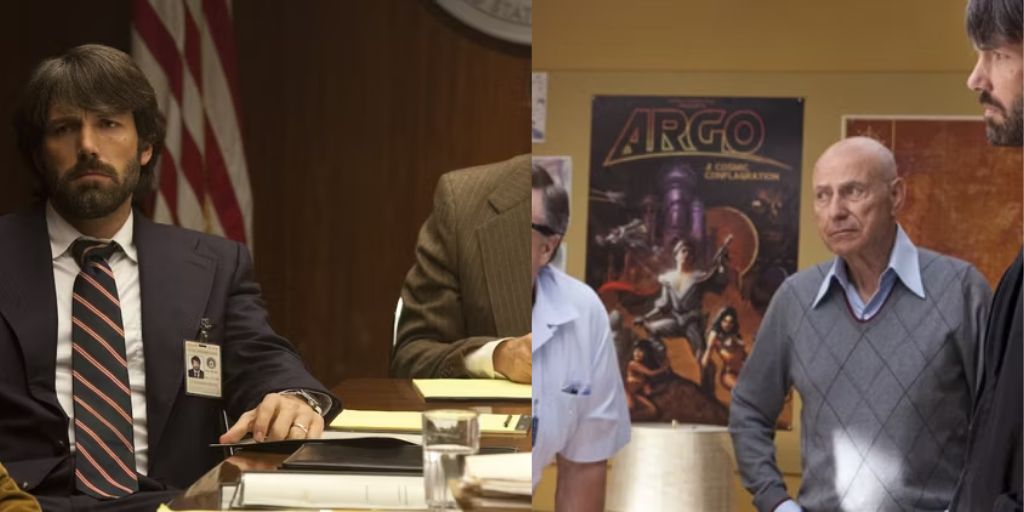
Canadians are generally forgiving, but they can be tough when needed. The 1981 TV movie “Escape from Iran: The Canadian Caper” didn’t mention the CIA’s involvement, though it would have been difficult to do so since the CIA didn’t acknowledge its role until 1997.
Was Affleck obligated to make these changes? This question opens up a broader discussion about how accurate biographical films should be. The changes Affleck made in “Argo” are minimal and understandable from a cinematic perspective.
Movies based on true events can only go so far in including every detail, especially when the operation’s success relies on secrecy. The story at the heart of “Argo” is impressive, but it was Canada’s diplomacy and Taylor’s bravery that made it possible.


